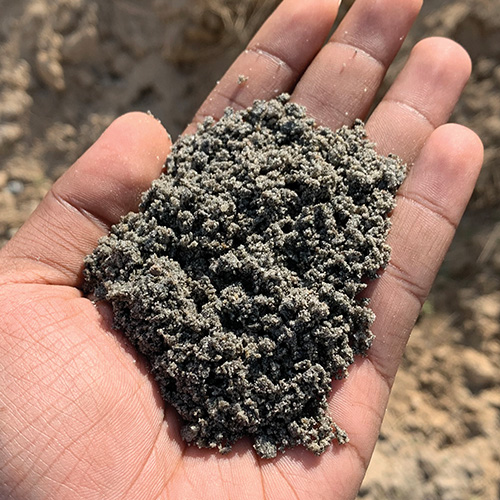The construction industry plays a vital role in global development, but it is also responsible for significant environmental impacts. As the demand for construction materials continues to rise, the need for sustainable sourcing practices becomes increasingly important. Concrete, one of the most widely used construction materials, relies heavily on sand as a key ingredient. However, the extraction and use of sand can have detrimental effects on ecosystems, including habitat destruction, water pollution, and greenhouse gas emissions. This article explores the concept of sustainable sourcing for concrete sand, highlighting the importance of responsible sand extraction, alternative materials, and innovative practices that minimize environmental harm.
The Environmental Impacts of Sand Extraction
The extraction of sand, particularly for construction purposes, has serious ecological consequences. Traditional extraction methods, such as dredging from rivers and beaches, can lead to erosion, loss of biodiversity, and disruption of aquatic ecosystems. Sand mining can also cause significant damage to riverbanks, compromising water quality and affecting local communities that depend on rivers for their livelihoods. Furthermore, the transportation of sand over long distances contributes to carbon emissions and air pollution.
Responsible Sand Extraction Practices
To mitigate the environmental impacts of sand extraction, sustainable sourcing practices need to be adopted. One approach is to prioritize the use of recycled or reclaimed sand from construction and demolition waste. This reduces the reliance on virgin sand and decreases the pressure on natural resources. Additionally, implementing effective land-use planning and strict regulations for sand mining can help minimize habitat destruction and preserve sensitive ecosystems.
Another sustainable sourcing practice is the promotion of responsible sand extraction techniques. This includes the use of best practices, such as minimizing the extraction depth, avoiding excessive dredging, and employing sediment control measures to reduce erosion and sedimentation. Collaborative efforts between governments, industry stakeholders, and environmental organizations are crucial in ensuring that sand extraction activities are conducted in an environmentally responsible manner.
Alternatives to Concrete Sand
Exploring alternative materials can significantly reduce the demand for concrete sand and alleviate environmental pressures. One such alternative is the use of recycled aggregates, including crushed concrete or crushed masonry, as a partial replacement for natural sand. These recycled materials not only reduce the need for virgin sand but also help divert construction and demolition waste from landfills.
Furthermore, advancements in technology have led to the development of innovative substitutes for traditional concrete sand. For instance, researchers have explored the use of industrial by-products such as fly ash, silica fume, and ground granulated blast furnace slag as supplementary cementitious materials. These materials can enhance the performance and sustainability of concrete while reducing the reliance on sand and cement.
Innovations and Best Practices
Innovation plays a crucial role in sustainable sourcing for concrete sand. Researchers and industry professionals are constantly exploring new technologies and practices to minimize the
environmental impact of sand extraction and enhance the sustainability of construction materials. For example, some initiatives are focused on the development of artificial sand, which is manufactured using recycled materials or industrial by-products. Artificial sand can have properties comparable to natural sand and can be tailored to meet specific construction requirements.
Best practices also include the use of efficient sand washing techniques to reduce water consumption and prevent the discharge of contaminated water into natural ecosystems. Employing advanced screening and sorting technologies can help ensure that only high-quality sand is used in concrete production, reducing waste and promoting resource efficiency.
Conclusion
Sustainable sourcing for concrete sand is an essential component of responsible construction practices. By adopting environmentally friendly sand extraction methods, exploring alternative materials, and embracing innovative technologies, the construction industry can significantly reduce its impact on natural resources and ecosystems. Collaboration between various stakeholders, including governments, industry players, and environmental organizations, is crucial in driving the adoption of sustainable.


